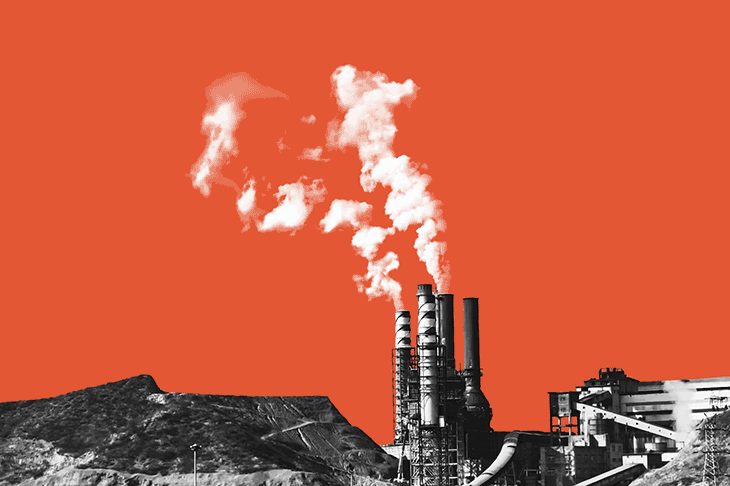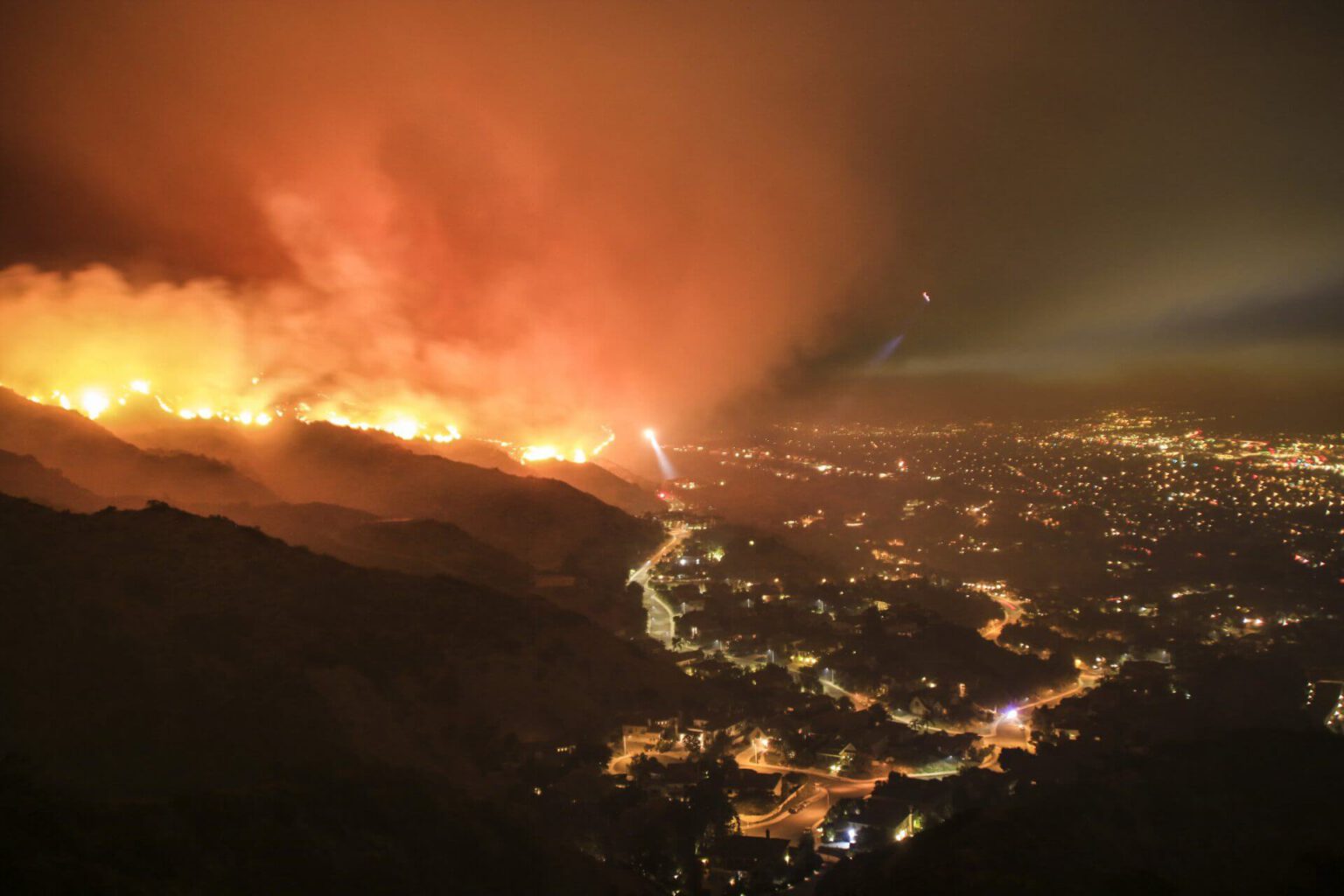Scientific Community
Thousands of scientists have said — in peer-reviewed journals, public appearances, and media interviews — that humanity faces a climate emergency. Among them are former chief science advisers to the British, German and Holy See governments, as well as former NASA scientist James Hansen. Here are links to some of these statements:
- The “World Scientists’ Warning of Global Climate Emergency” has now been signed by nearly 14,000 scientists from 156 countries; the signatories declare “clearly and unequivocally that planet Earth is facing a climate emergency.” William J. Ripple, its lead author, writes about the climate emergency in his article “President Biden should call it what it is” for The Seattle Times and in The Climate Emergency: 2020 in Review, for Scientific American. Note: The Alliance of World Scientists keeps a running tally of signatories on its website.
- In April 2020, the science journal Nature published an article, “Climate tipping points —too risky to bet against,” by some of the most eminent climate scientists on earth, notably Hans Joachim Schnellenhuber, the former chief climate scientist of the German government and a science advisor to Pope Francis, and Johan Rockstrom, the director of Potsdam Climate Impacts Center, who write, “…the consideration of tipping points helps to define that we are in a climate emergency and strengthens … calls for urgent climate action.”
- Sir David King, the former chief scientific advisor to the British crown and government, said in March 2020, as quoted in The Guardian, “I think the climate emergency is much more serious than most people think.”
- James Hansen, who as a top NASA scientist put climate change on the public agenda by testifying to Congress in June 1988 that man-made global warming had begun, was again ahead of the curve in 2008 when he stated, “We’ve reached a point where we have a crisis, an emergency, but people don’t know that. There’s a big gap between what’s understood about global warming by the scientific community and what is known by the public and policymakers.”
Media Organizations
Covering Climate Now’s executive director Mark Hertsgaard has called on media leaders to declare a State of Climate Emergency, most recently in the Columbia Journalism Review. Dozens of media organizations have signed Covering Climate Now’s statement on the climate emergency.
In 2019, The Guardian’s editor-in-chief, Katharine Viner, promised that the newspaper would address climate by providing “journalism that shows leadership, urgency, authority, and gives the climate emergency the sustained attention and prominence it deserves.” The Guardian also updated its style guide, recommending that the terms “climate emergency, crisis or breakdown” be used in its journalism to better describe the circumstances facing the world.
Noticias Telemundo started using the term “climate emergency” instead of “climate change” and “global warming” in 2019 because that’s what “the scientific community and linguistics experts” agree the world is facing. Luis Fernández, Telemundo’s Executive Vice President of Network News, said, “The use of clear and accurate language in covering critical subjects such as the climate emergency is not merely an option for journalists; it is their duty.”
Other news organizations are increasingly using the term. See for example, “Melting ice is a reminder of the climate emergency,” by The Financial Times Editorial Board, as well as examples from journalists who describe climate change as a “climate emergency” in their reporting, such as CNBC, CNN, NBC, The Washington Post, The New York Times, and VICE News.
Governments, Communities & World Leaders
Guided by the pronouncements of scientists, a number of governments, communities, and global leaders have either declared a climate emergency or urged others to do so. Here is a sampling:
- Indigenous communities make up 5% of the world’s population and safeguard 80 percent of the world’s remaining biodiversity, according to The World Bank. They hold vital ancestral knowledge and expertise on how to adapt, mitigate, and reduce climate risks – and have long sounded the alarm about environmental and climate issues. In October 2021, leaders and members of several Indigenous groups from across the US demonstrated in Washington, DC for five days urging President Biden to declare a climate emergency.
- In the US lawmakers have also called on President Biden to declare a climate emergency. In February 2021, three members of Congress introduced a bill directing him to do so. In May 2021, Hawai’i became the first US state to declare a climate emergency.
- 23 national governments, including New Zealand, South Korea, Japan, as well as the whole of the European Union, have declared a climate emergency, according to the advocacy group Climate Mobilization.
- 2,060 towns, cities and counties have similar declarations, including 128 in the United States – representing around 1 billion people globally. This includes the cities of Austin, Boston, Chicago, New York City, San Francisco, and Tucson. For more detailed data see this frequently updated spreadsheet hosted by Climate Mobilization.
- The United Nations Secretary General António Guterres called on all governments to declare an emergency in December 2020. “Can anybody still deny that we are facing a dramatic emergency?” he said. “I call on all leaders worldwide to declare a State of Climate Emergency in their countries until carbon neutrality is reached.”
- Pope Francis declared a global “climate emergency” in 2019, warning that a failure to act urgently to reduce greenhouse gases would be “a brutal act of injustice toward the poor and future generations.”
- Over 7,000 colleges, universities, technical schools, and community colleges from around the world declared a climate emergency in a 2019 joint letter delivered to the UN.
- In early 2021, two-thirds of the world’s people think climate change is a “global emergency,” according to this poll, the largest ever on climate.
Note: This guide was first published on Apr 6, 2021.




